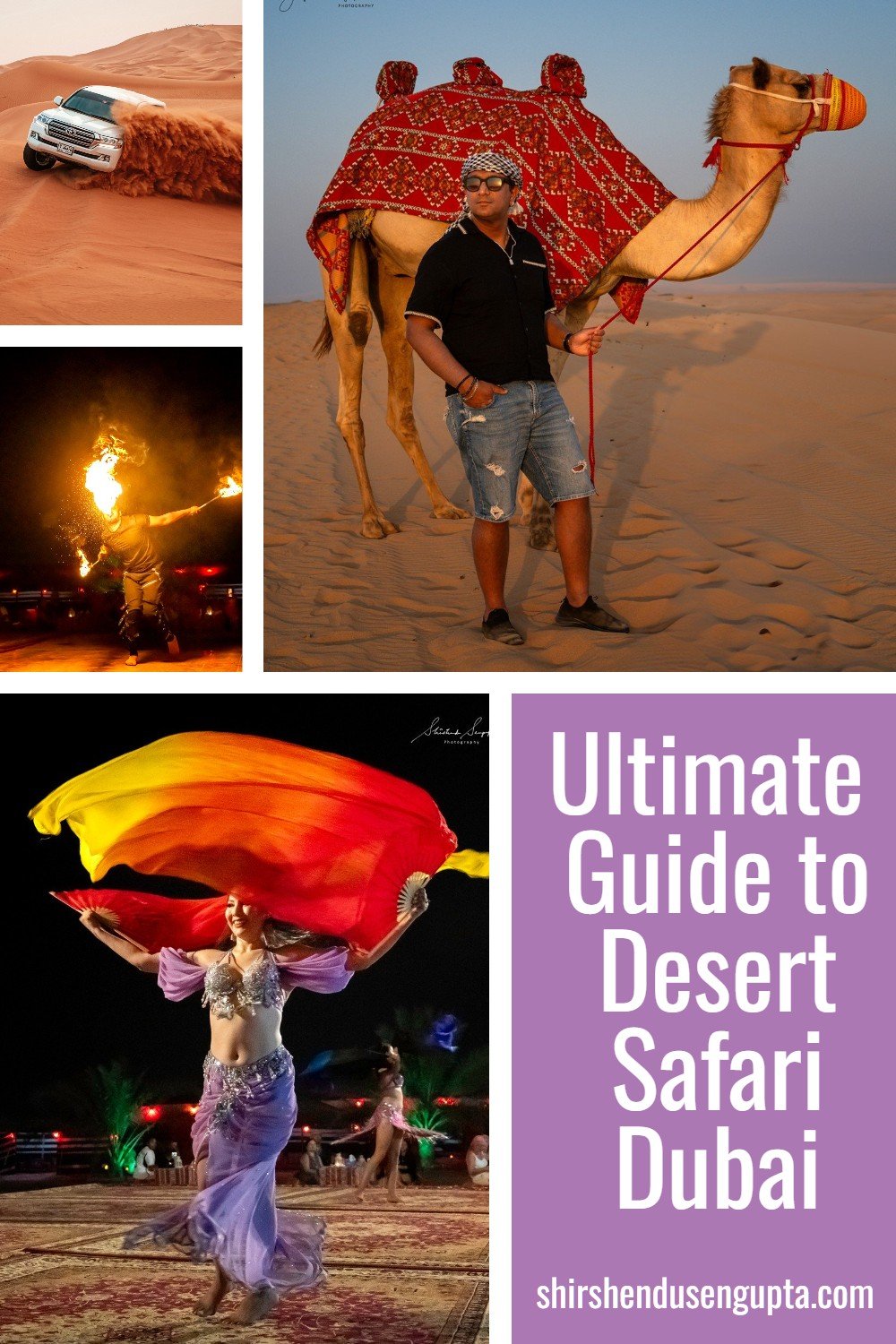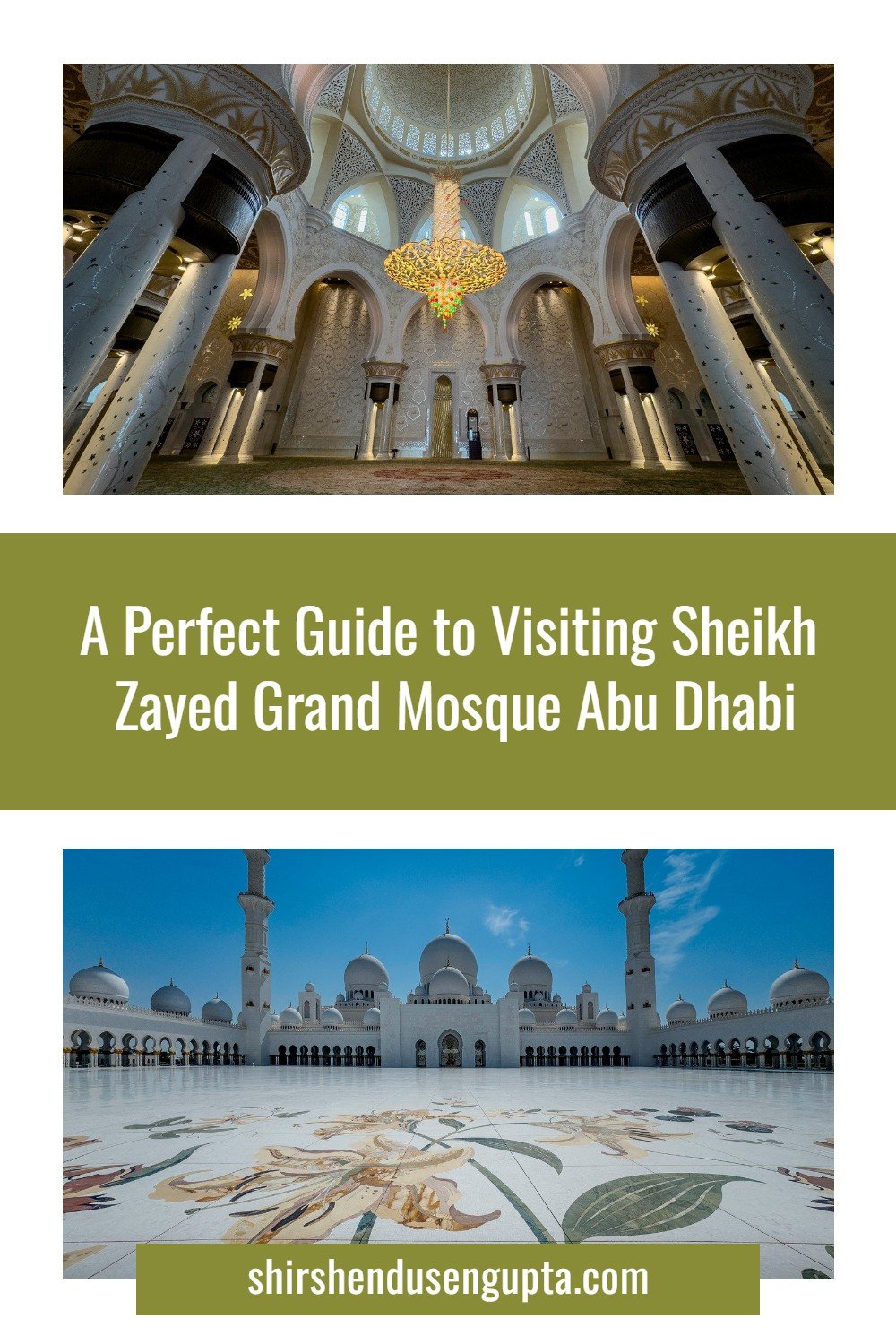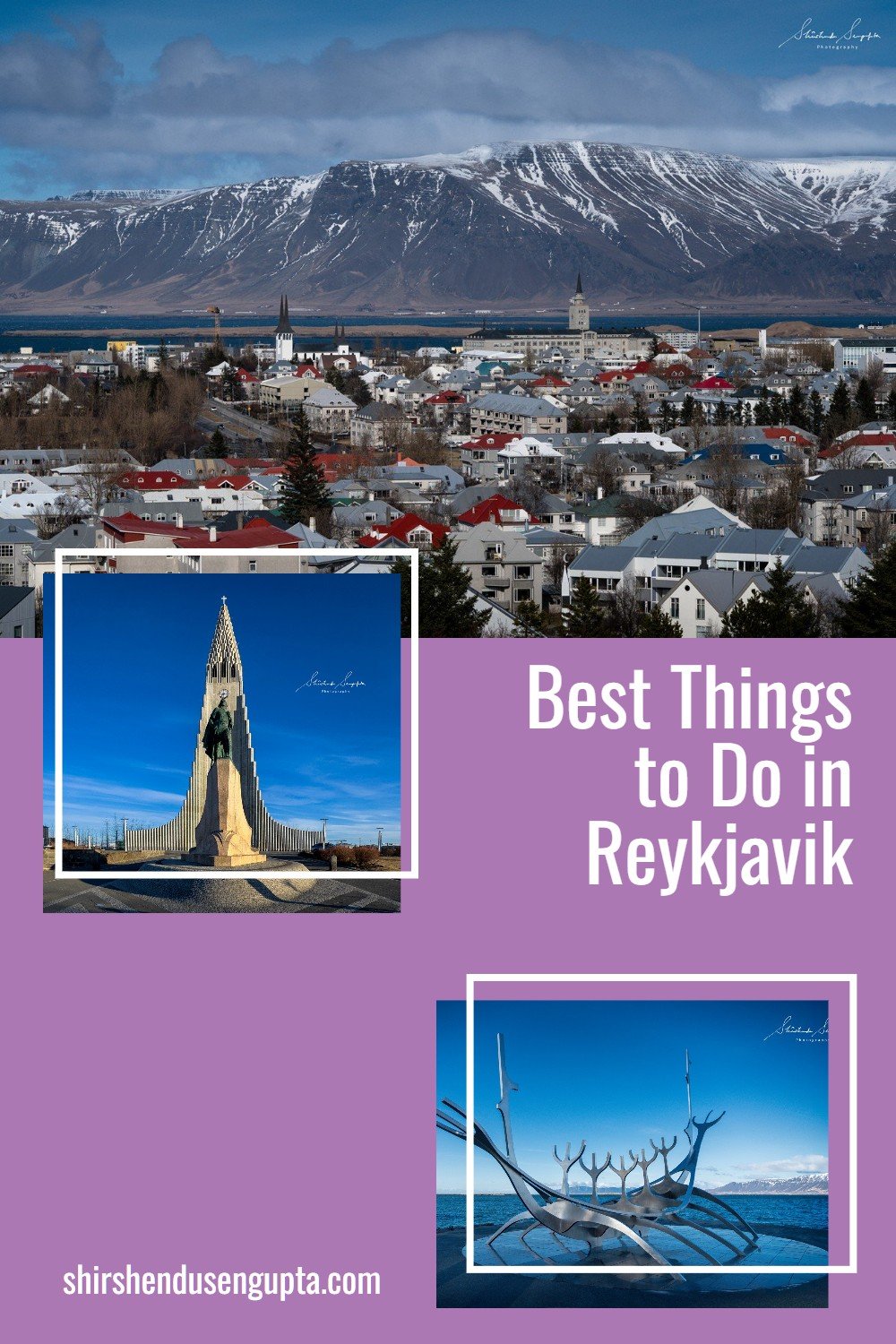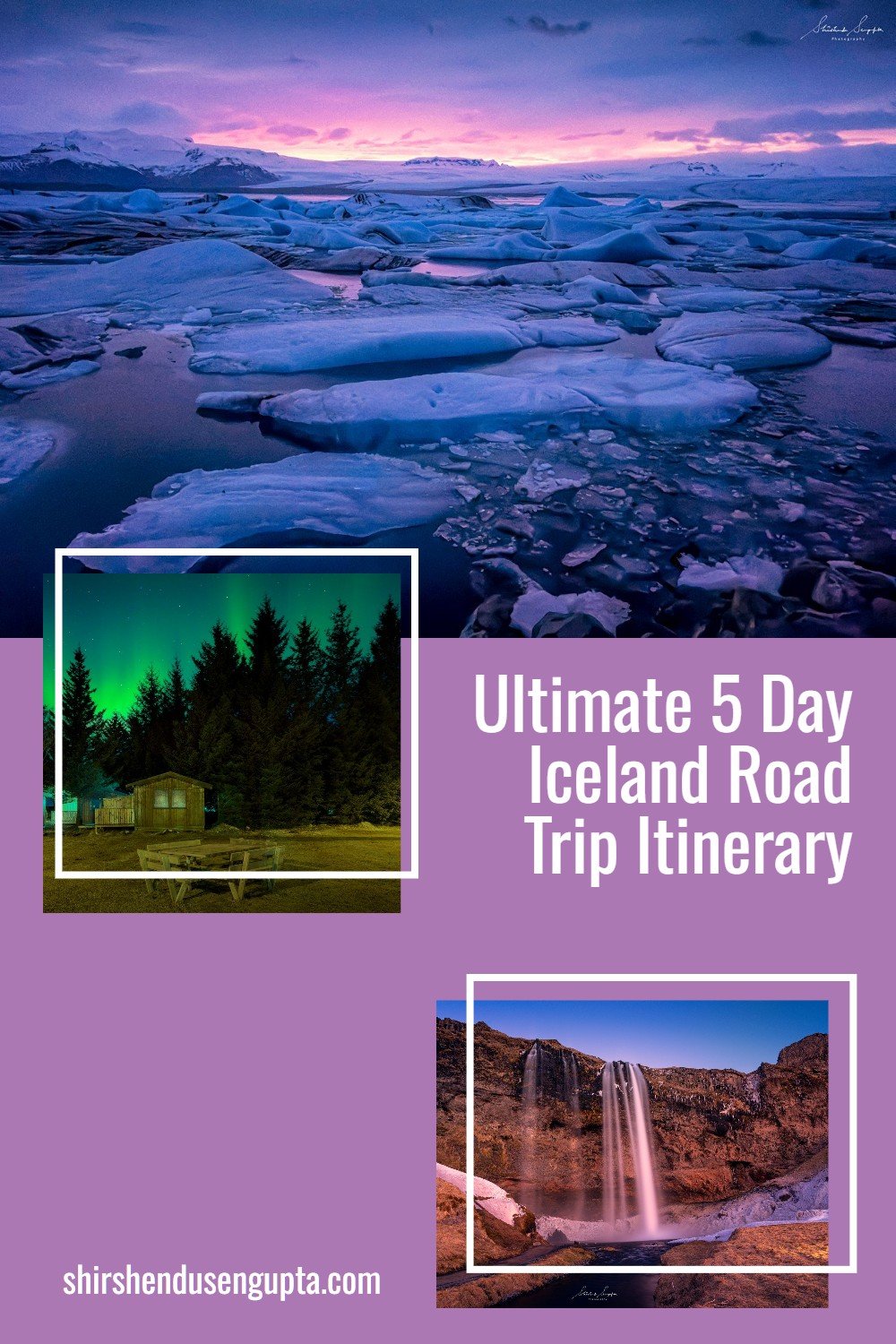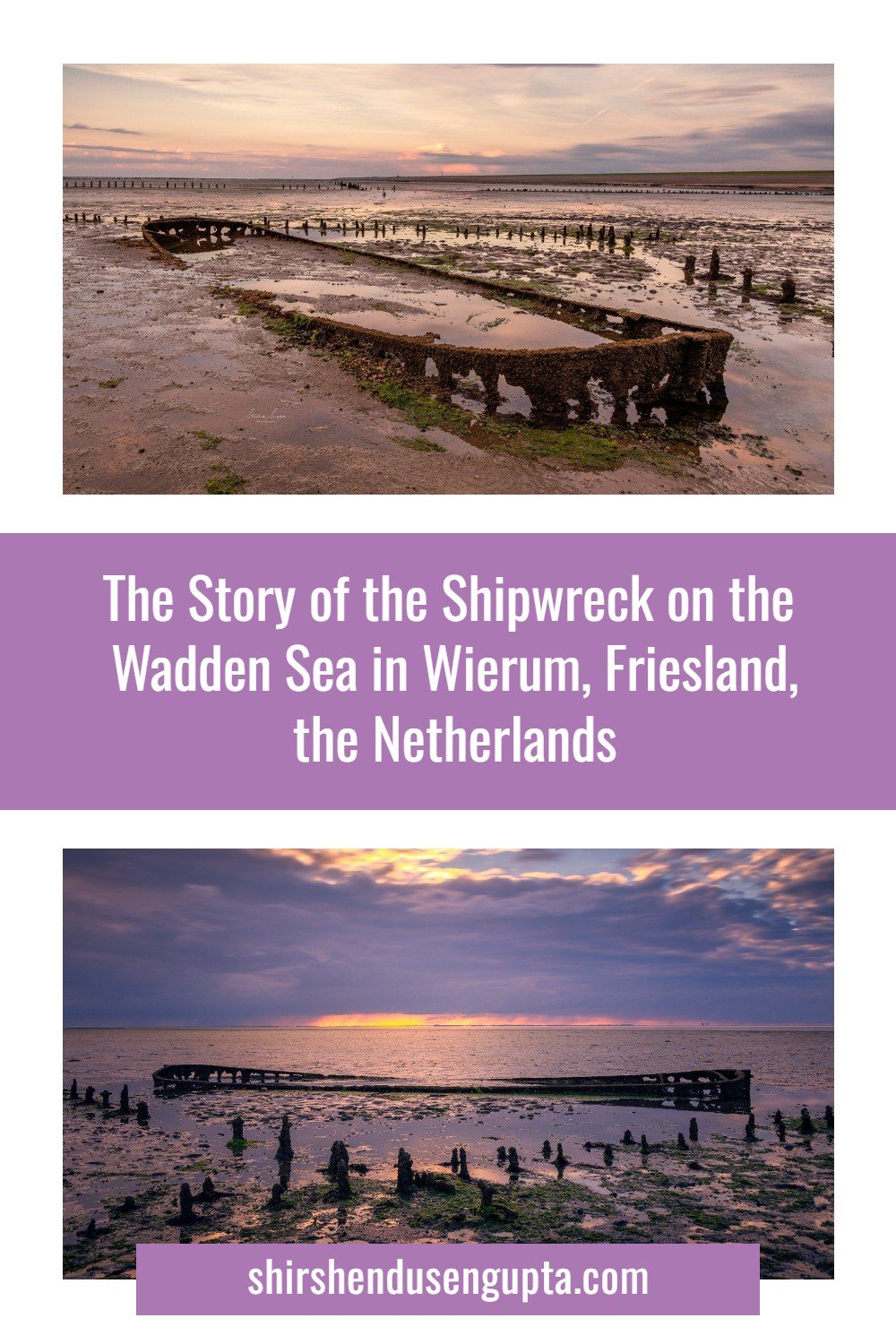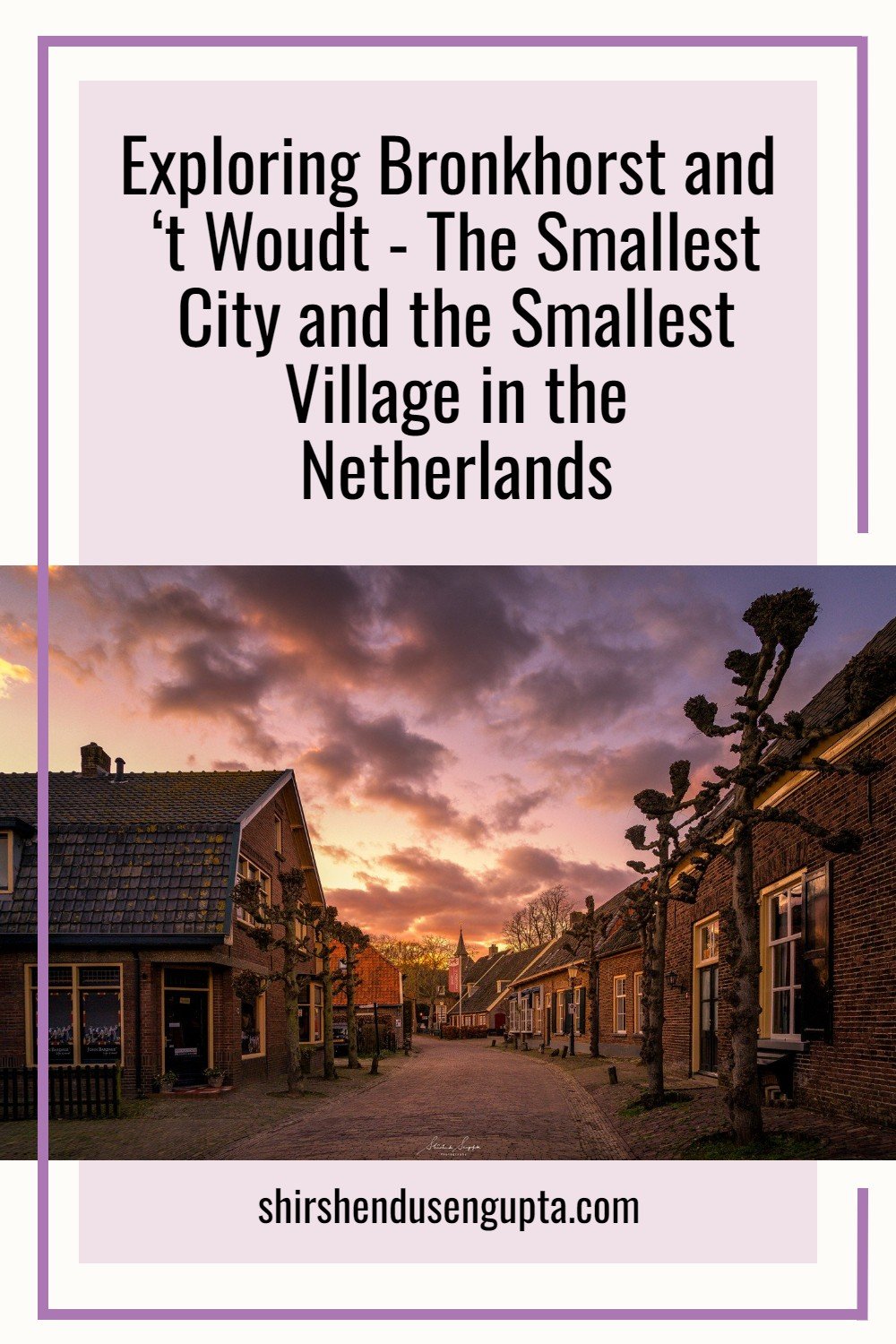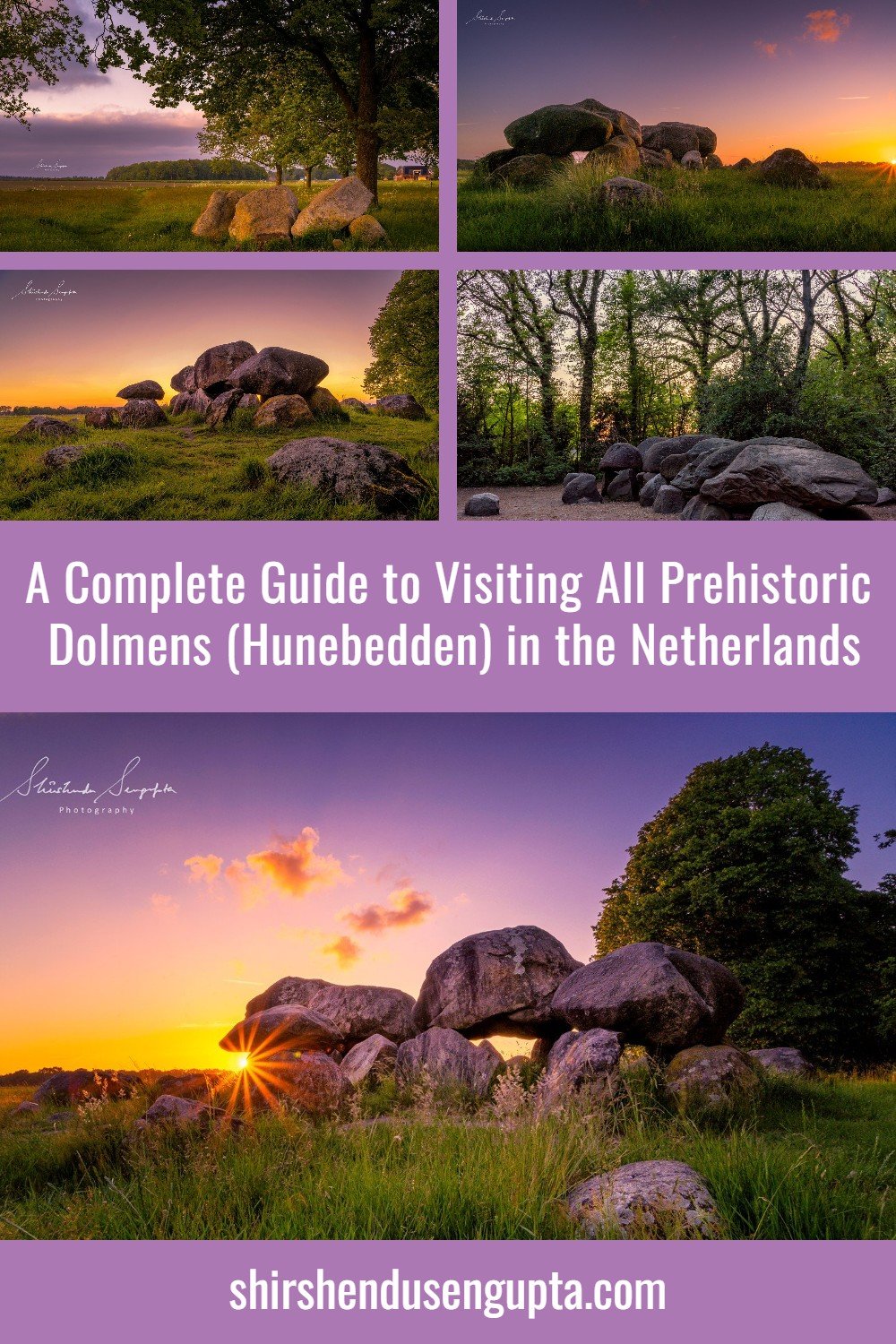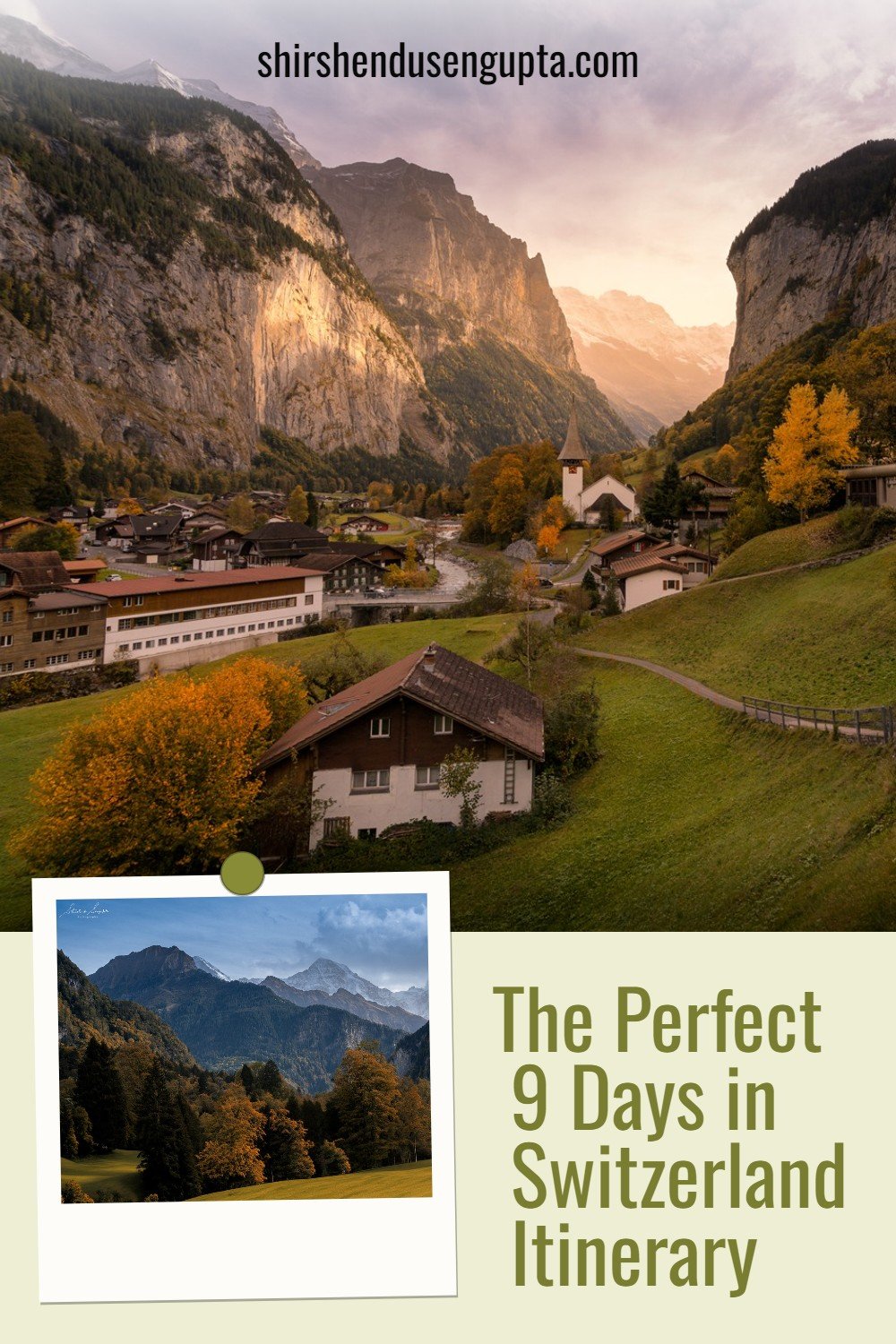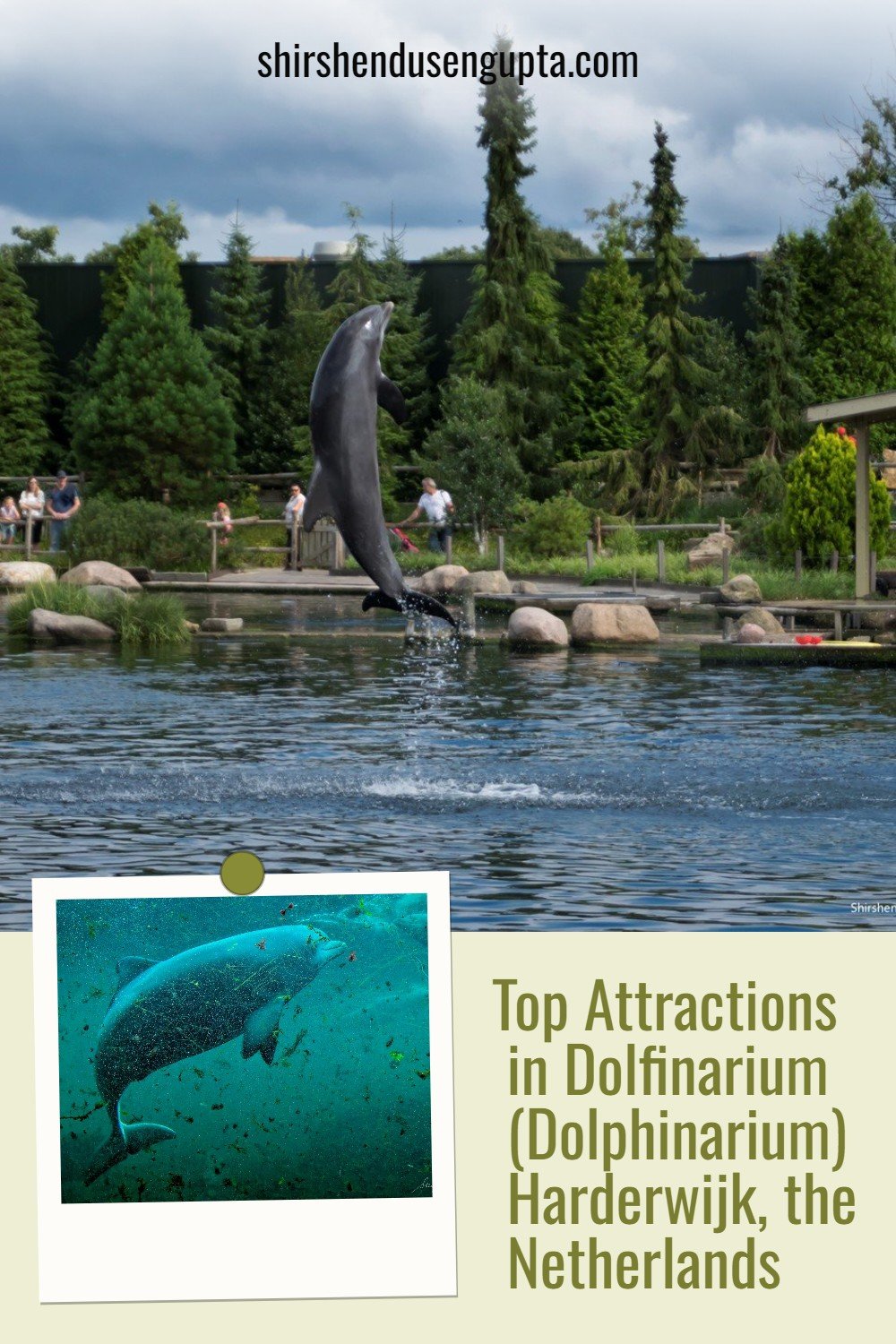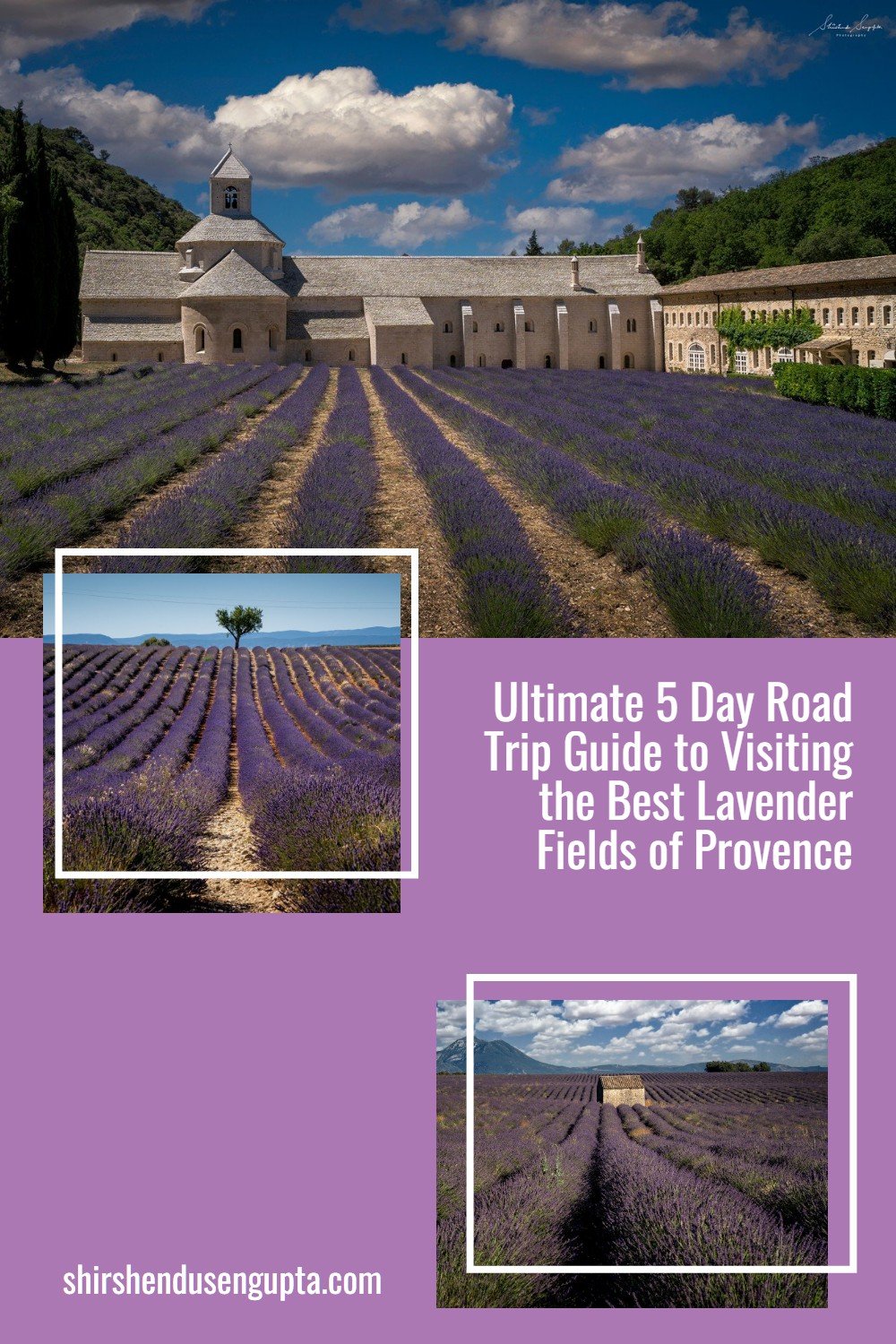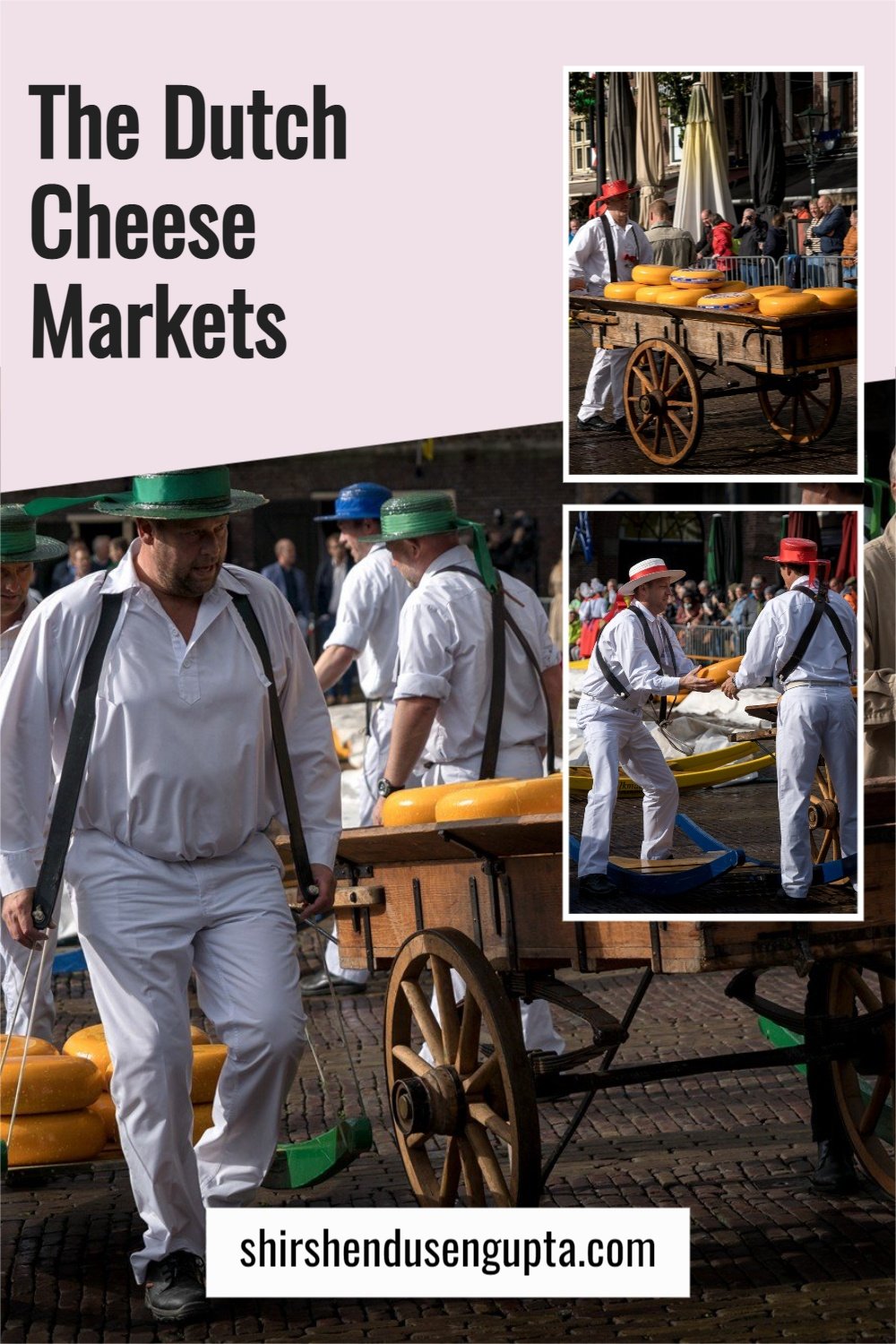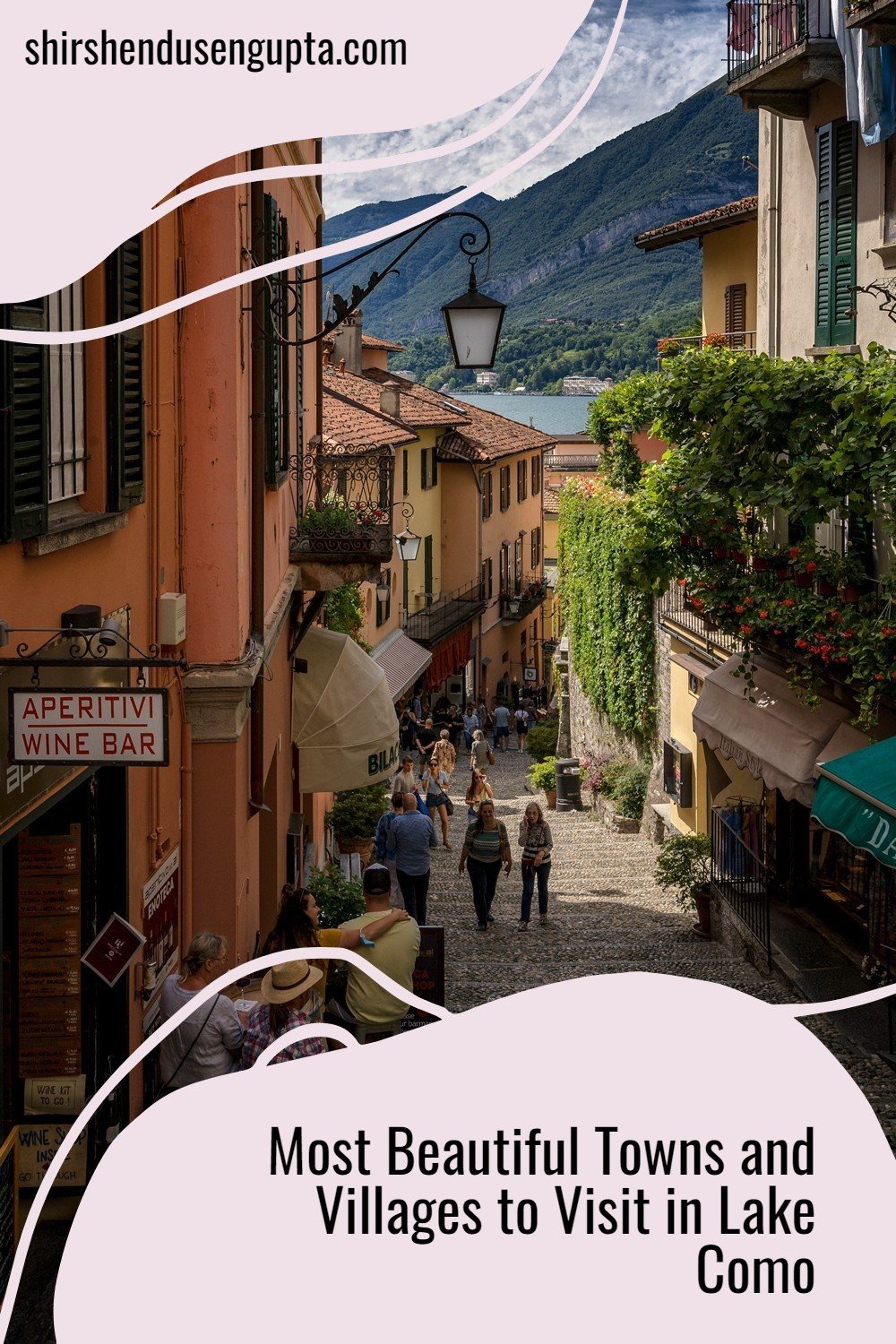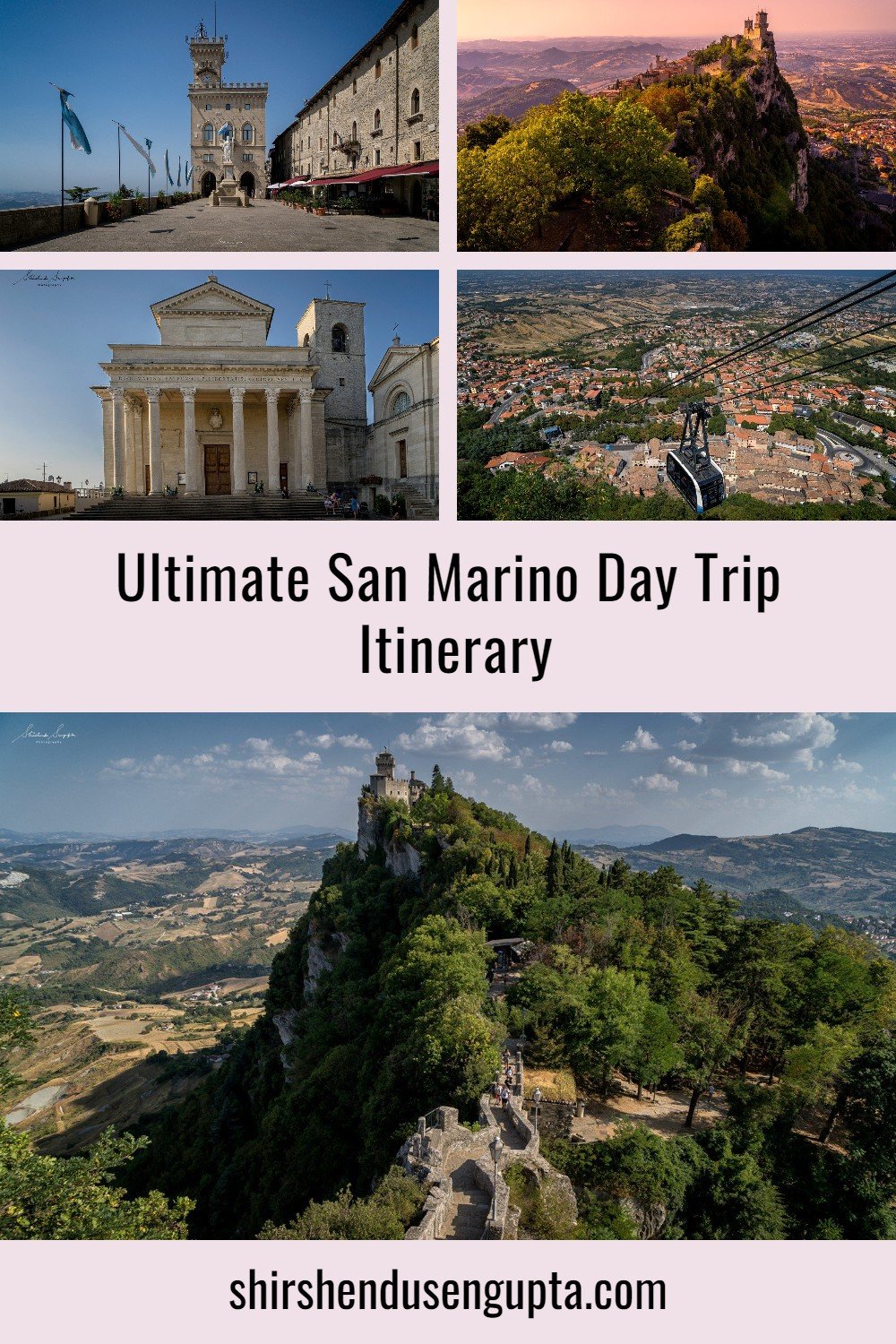6 Best Places to Visit in Albania | Top 6 Amazing Must See Travel Attractions of Albania
Prologue
During an unforgettable summer, we set off on an ambitious marathon road trip, A Summer in Eastern Europe | An 8000 km Road Trip across Slovenia, Albania, North Macedonia, Kosovo, Bulgaria, Romania, and Slovakia from the Netherlands | Travel Itinerary, Tips, and Tricks. This journey was a thrilling blend of scenic landscapes, hidden villages, winding mountain roads, and sun-soaked coastal towns. Every day brought new discoveries, unexpected encounters, and experiences that truly captured the spirit of adventure. So, based on our experience, today I’m going to take you along with me on a ride across the best places to visit in the amazing yet not well-known gem of the Balkans - Albania. Let the journey begin!
We also embarked on another adventure named An Easter in Eastern Europe | A 6000 km Road Trip across Poland, Slovakia, Romania, Serbia, Bosnia-Herzegovina, and Austria from the Netherlands. From cobbled medieval squares to winding mountain passes in the Carpathians, and from Orthodox Easter traditions to the warmth of locals welcoming us into their celebrations, each stop offered its own unique surprises and memorable experiences. If you’re curious to follow along on this epic Easter journey, be sure to give it a read as well!
Welcome to Albania - The Enigma of Mediterranean Europe
With its doors closed to the world until the end of the 20th century, Albania, home to enticing history, gleaming coastline, ruffled hills, and collection of fascinating Ottoman-era citadel towns, has always been Mediterranean Europe's enigma, a blurry dot on travel maps. However, with the end of an oppressive communist regime in 1991, Albania swung open its gateways to a land of enchantment.
Albania is a nation in Southeast Europe on the Adriatic and the Ionian Sea, sharing borders with Montenegro, Kosovo, North Macedonia, and Greece. It has a landscape varying from the snow-capped hills in the Albanian Alps, Korab, Skanderbeg, Pindus, and Ceraunian Mountains to the hot and sunny shores of the Albanian Riviera along the Adriatic and the Ionian Sea.
Historically, many civilizations have populated the nation, such as the Illyrians, Thracians, Ancient Greeks, Romans, Byzantines, Venetians, Ancient Greeks, Romans, Byzantines, Venetians, and Ottomans. The Albanians established the self-governing Principality of Arbër in the 12th century. The Kingdom of Albania and the Principality of Albania has been formed between the 13th and 14th centuries. Before the Ottoman conquest of Albania in the 15th century, the Albanian resistance to the Ottomans led by Gjergj Kastrioti Skanderbeg won them recognition across Europe. Between the 18th and 19th centuries, Albanians gathered both spiritual and intellectual strength, which effectively led to the Albanian Renaissance. After the loss of the Ottomans in the Balkan Wars, the contemporary country state of Albania arose in 1912. In the 20th century, the Kingdom of Albania was annexed by Italy, which formed Greater Albania before being a protectorate of Nazi Germany. Enver Hoxha brought Communism to Albania after the 2nd World War and led the Albanians on a path of oppression and decades of seclusion. The Changes of 1991 wrapped up the fall of communism in Albania and eventually the establishment of the current Republic of Albania.
6 Best Places to visit in Albania
1. Sarandë or Saranda
Of all the places that we’ve visited in Albania, Sarandë or Saranda tops the list hands down. Opposite the Greek island of Corfu (just a 30 minutes boat trip), Sarandë, also Saranda, the unofficial capital of the Albanian Riviera, is a quintessential Mediterranean destination, with five months of warm weather and a selection of dreamlike beaches along calm blue waters of the Ionian Sea.
You can get the best panoramic views of Saranda from the Lekuresi Castle terrace that houses an open-air restaurant with inexpensive food options and a live orchestra. While my family enjoyed the dinner, I set up my tripod right beside our table and took this shot.
Saranda’s typical postcard image is a pebbly bay washed by clear turquoise waters, backed by limestone hills and skirted by a promenade (Hasan Tehsini boulevard) fringed with aromatic scrub, palm, and olive trees that shelter ice-cream carts, and pop-up bars selling everything under the sun right from pottery to jewelry to toys. One can pick from tourist hotspots with family activities and children's play areas or secluded beaches in natural reserves. And if one needs more than lazy days by the sea, they can travel to quaint seaside villages, natural landmarks, and, best of all, Butrint, a UNESCO-listed archaeological park. And if hunger strikes, the series of front-row cafes and seafood restaurants offer a plethora of inexpensive choices.
2. Ksamil
Ksamil is a town in the Southern Albanian riviera and part of Butrint National forest 15 km south of Saranda. This seaside town, constructed in 1966 during the communist era, is one of the most popular tourist destinations along the Albanian Riviera and is known for its stunning sandy coastlines, clear water, fresh seafood, and the best area to loosen up.
3. Butrint National Park
The Butrint National Park is a natural reserve lying 5 km south of Ksamil. It is a national park that incorporates 9,424 hectares (94.24 sq. km) of hilly terrain with freshwater lakes, salt marshes, open plains, reed beds, islands, and the historic site of the old city of Buthrotum, currently referred to as Butrint that was included in the UNESCO listing of World Heritage Sites in 1992. Today Butrint uses a remarkable journey through the Hellenistic, Roman, Byzantine, Venetian, Ottoman periods and civilizations going back to the 8th century BC. Most of the monuments in the ancient city have been uncovered by the Italian Archaeological Mission, led by Luigi Maria Ugolini, working for almost ten years in Butrint (1928-1939).
According to classical mythology, the ancient city known as Buthrotum was founded by the exiles who fled after the fall of Troy. In the epic poem "Aeneid," the Latin poet Virgil narrates about Buthrotum to Aeneas, who traveled to Butrint on his way to Italy. Information from the multi-year archaeological excavations shows that this ancient settlement was surrounded by defensive wall surfaces around the fourth century BC. The city slowly developed into a cult facility. The geographer, Hecataeus of Miletus, described Buthrorum as a vital port and a trading center on the significant Adriatic waterway. In 228 BC, Butrint came under Roman rule, and in the first century BC, it entered into the Roman province of Macedonia. Founded by Julius Caesar, Colonia Iulia Buthrotum experienced the best development during the guideline of Augustus. Throughout this period, Butrint saw buildings and constructions of different kinds such as temples, forums, the theater reorganized according to the Roman style, water fountains, baths (thermae), villas (personal residences), a new water supply, and the bridge across the Vivari canal. In the 5-6th century AD, Butrint became an Episcopal residence. The city, in that duration, keeps evidence of fantastic early Christian art and design, such as the large baptistry and basilica. In the early 19th century, although the entrance Butrint shows up to have been fortified, the center was converted into a fishing settlement. In the outfall of the Vivari canal, around the year 1807, the Albanian Ottoman ruler Ali Pasha additionally established his fortress to guarantee his security against the French strikes originating from Corfu. After the death of Pasha, Butrint passed under Ottoman rule until the Declaration of Independence.
A cult establishment of the early Christian period, built in the 6th century AD - The Great Basilica
A baptistry of the early sixth century, with a mosaic floor
The Ancient Theatre, construction of the 3rd century, was later modeled in the Roman style and equipped with a Roman scene
Roman Baths (Thermae) of the 2nd century AD
Mosaics from the sixth century AD
4. Berat
Berat weaves its very own exceptional appeal and, therefore one of the major attractions of Albania. Its most prominent feature is the collection of white Ottoman homes (built during the 16th century when Berat became a vital administrative and religious facility within the Ottoman Empire), going all the way up until the castle on the hill, making it the title of 'The city of thousand windows' and helping it enter the list of Unesco World Heritage sites, in 2008, along with Gjirokastër.
5. Gjirokastër
A UNESCO Globe Heritage Website, the old town of Gjirokastër (also known as Gjirokastra) is renowned for being a well-preserved Ottoman town. With its fortress looking across the whole city, the old houses lean against the hilly slopes with lovely old wooden exteriors. For Albanians, the town is associated with former tyrant Enver Hoxha, who was birthed here and ensured the city was reasonably well preserved under his policy. However, he is not memorialized at all here today.
6. Tirana
Tirana is the capital and the largest city of Albania. Sulejman Pasha Bargjini, a native feudal lord from Mullet, developed the town in 1614 and finally became the capital on December 31, 1925. Albania lived the majority of the last 60 years under the oppressive dictatorship regime of Enver Hoxha. Upon his death, the nation adopted a free-market model. Today, Tirana is where the old Albania meets new. Unpaved streets host brand new Land Rovers, iPhone-toting children scrub shoulders with street vendors marketing all kinds of products, and dazzling glass towers look down upon abandoned buildings.
In the image, we see the Skanderbeg Monument in Skanderbeg Square, the central plaza in the center of Tirana. It celebrates Skanderbeg, the national hero in Albania, for resisting the Ottomans. Developed by Odhise Paskali, the 11 meters (36 ft) monument was inaugurated in 1968 on the 500th anniversary of the death of Skanderbeg.
Visiting Albania
Best Time to Visit: Late spring (May to June) and early fall (September to October) are the ideal seasons to go to Albania. There are fewer tourists, nicer weather, and vibrant natural scenery during these times. Although it might be hot and congested, summer (July and August) is particularly popular, especially for seaside areas. We visited Albania in July.
Number of Days to Stay: Five to seven days are the best for exploring Albania. This gives ample time to see several off-the-beaten-path locations as well as main attractions like Gjirokastër, Berat, Tirana, and the Albanian Riviera.
Best Place to Stay: The capital city of Tirana, which offers a fusion of history, culture, and a bustling nightlife, is the best place to start your Albanian exploration. You may also choose to stay in Berat, Gjirokastër, or Saranda. When we entered Albania from Slovenia during our ‘A Summer in Eastern Europe’ road trip, we stayed for a night in Tirana, then we drove to Saranda visiting Berat and Gjirokastër on the way and stayed for 3 nights there to explore Saranda, Ksamil, and Butrint National Park.
Best Way to Arrive: The best way to enter Albania is via the Tirana International Airport, close to the capital, which is the main international airport in the country. It is connected to numerous cities throughout Europe. Ferries too link Albania with Corfu in Greece, and Brindisi in Italy. The primary ports are located in Sarandë, Vlorë, and Durrës. Albania is also connected to its neighbors, Greece, Montenegro, Kosovo, and North Macedonia, by international buses. The bus system is widely available and reasonably priced. But according to us, if you intend to visit isolated and rural areas of Albania, driving into the country from neighboring countries is the most convenient choice. We drove into Albania from Slovenia.
Best Local Mode of Conveyance: The main modes of public transportation are buses and minibuses, sometimes known as furgons. Although they can be slower and less dependable than in other European nations, they connect major cities and towns quite well. If you want to see Albania at your own speed, renting a car is a great option. But remember, though there has been a tremendous improvement in the road network, driving in rural regions can still be difficult. In towns and cities, taxis are accessible. If there is no meter in the taxi, be careful to negotiate the fare beforehand. Renting a bike or scooter can be an enjoyable and practical way to move around in coastal towns and cities.
Epilogue
So that brings us to the end of our journey across the 6 best places to visit in the enigmatic country of Albania. Please let us know in the comments below if you enjoyed reading this article.
If you wish to read the day-by-day account of our complete 8000 km road run across Eastern Europe during the summer, please visit our article A Summer in Eastern Europe | An 8000 km Road Trip across Slovenia, Albania, North Macedonia, Kosovo, Bulgaria, Romania, and Slovakia from the Netherlands | Travel Itinerary, Tips, and Tricks. And if you’re curious to follow along on our other epic adventure, An Easter in Eastern Europe | A 6000 km Road Trip across Poland, Slovakia, Romania, Serbia, Bosnia-Herzegovina, and Austria from the Netherlands, be sure to give it a read as well. Until then, merry traveling and happy shooting!
Pin the article
Bookmark the article for reading later!
Want to license/buy photos in the article?
License photos for commercial/editorial use or buy photo prints!
Want us to write an article for you?
Articles for magazines, newspapers, and websites!
Watch our Videos
Check out our videos on our Youtube Channel!
Join the Newsletter
Get updates on our latest articles!
We respect your privacy. Read our policy here.















